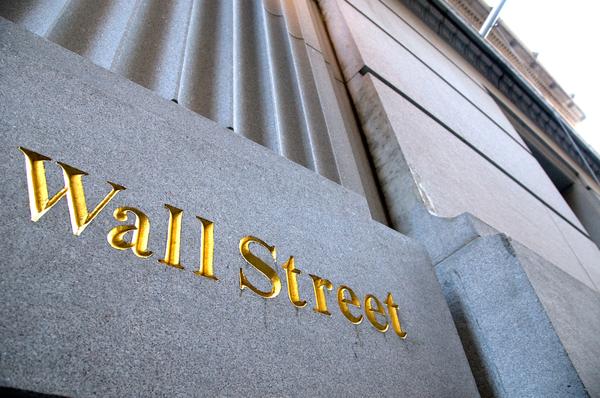
On Monday, Wall Street dipped as it fell out of step with oil prices and healthcare stocks as well as energy lost ground. In the wake of gains made last week, U.S indexes lost early in spite of a 3% rise in oil prices in the US. Oil and stocks have been great companions recently .As the price of crude fell to record lows in decade, oil and stocks continued to drift in the opposite directions.
S&P 500 slides below closely watched threshold
Last week saw strong rallying; as a result technical trading witnessed a lot of activity as the S&P 500 dipped further in 50-day average, which was perceived a s bad omen. For the first time since the year began, thee index managed to breach the surface on Thursday.
According to Michael Matousek, chief of trading at U.S Global Investors Inc, San Antonio, if stocks keep up 50-day average decline, investors will sell against that. Matousek says that from his viewpoint, there are strong headwinds at that level.
The DJI declined by 0.63% to 16,534.75 and the S&P 500 fell by 0.64% to 1,935.63 at 3:14 pm. The Nasdaq fell by 0.53% to 4,566.36. Nine out of ten major S&P sectors dropped. The fall was preceded by a 1% drop in the healthcare industry.
Currently, there are strong indications emanating from data released a week ago showing that the American economy is recovering at a higher rate unlike what financial experts had suggested. The indicators which include improving consumer spending paints a better picture for the economy and raises hope that the Federal Reserve will increase rates this year.
Though the main indexes finished at a lower rate, there were more advancing issues compared to decliners on the New York Stock Exchange by 1,593 -1,453. On the Nasdaq, 1,545 issues declined while 1,283 issues advanced.
On average, about 8.0 billion stocks were traded on U.S exchanges. This was 8.9 billions higher than the ordinary everyday average for the past 20 days trading.
